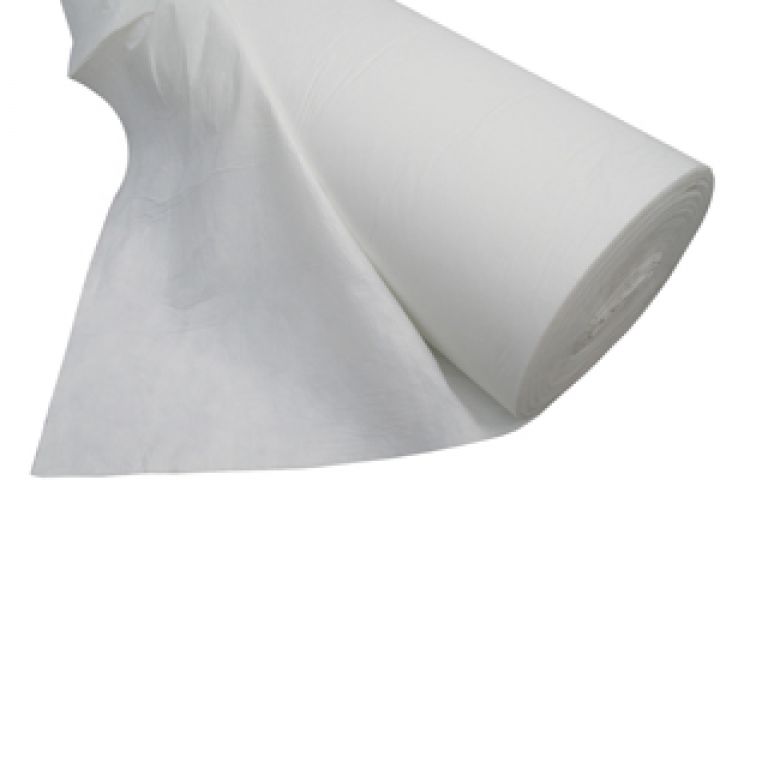The geotextile roll should be protected from damage before installation and unfolding. Geotextile rolls should be stacked in a flat place without water accumulation, the height of the stack should not exceed the height of four rolls, and the identification film of the roll can be seen. Geotextile rolls must be covered with opaque materials to prevent UV aging. In the storage process, the integrity of the label and the integrity of the data should be maintained. During the transportation process (including the transportation from the material storage site to the work site), the geotextile roll must be protected from damage.
Geotextile rolls that have been physically damaged must be repaired. Geotextiles that are severely worn cannot be used. Any geotextile in contact with leaking chemical reagents is not allowed to be used in this project.
The laying method of geotextile:
1. Use manual rolling, the cloth surface should be flat, and the deformation allowance should be properly left.
2. The installation of filament or short-filament geotextile usually uses lap, stitch and welding methods. The width of stitching and welding is generally more than 0.1m, and the width of overlap is generally more than 0.2m. Geotextiles that may be exposed for a long time should be welded or stitched together.
3. Sewing of geotextile: all stitching must be performed continuously (for example, spot stitching is not allowed). Before overlapping, the geotextile must overlap at least 150mm. The minimum stitch distance from the selvedge (the exposed edge of the material) is at least 25mm.
The seams of the sewn geotextile include one-line chain stitching method. The thread used for stitching should be a resin material with a minimum tension of more than 60N, and have chemical resistance and ultraviolet resistance equivalent to or exceeding that of geotextile.
Any "drop stitches" on the sewn geotextile must be re-sewn in the affected area.
Corresponding measures must be taken to prevent soil, particulate matter or foreign matter from entering the geotextile layer after installation.
The cloth overlap can be divided into natural overlap, seam or welding according to the terrain and usage function.
4. During construction, the geotextile on the geomembrane is naturally lapped, and the geotextile on the geomembrane is sewn or welded by hot air. Hot air welding is the preferred method of connecting filament geotextiles, that is, using a hot air gun to heat the two pieces of cloth at a high temperature instantaneously, so that part of it reaches a molten state, and immediately use a certain external force to bond it firmly . In the case of wet (rainy and snowy days) weather cannot be hot-bonded, geotextiles should adopt another method-suture connection method, that is, use a special sewing machine for double-line suture connection, and use chemical UV-resistant sutures.
The minimum width for stitching is 10cm, the minimum width for natural overlap is 20cm, and the minimum width for hot air welding is 20cm.
5. For the seaming, use the same quality suture thread as the geotextile, and the suture thread should be made of material with stronger resistance to chemical damage and ultraviolet light irradiation.
6. After the geotextile has been laid, the geomembrane shall be laid after being approved by the site supervision engineer.
7. The geotextile on the geomembrane is laid on the same as above after the geomembrane is approved by Party A and the supervisor.
8. The geotextiles of each layer are numbered TN and BN.
9. The two layers of geotextile on the top and bottom of the membrane should be buried in the anchor groove together with the geomembrane where there are anchoring grooves.
